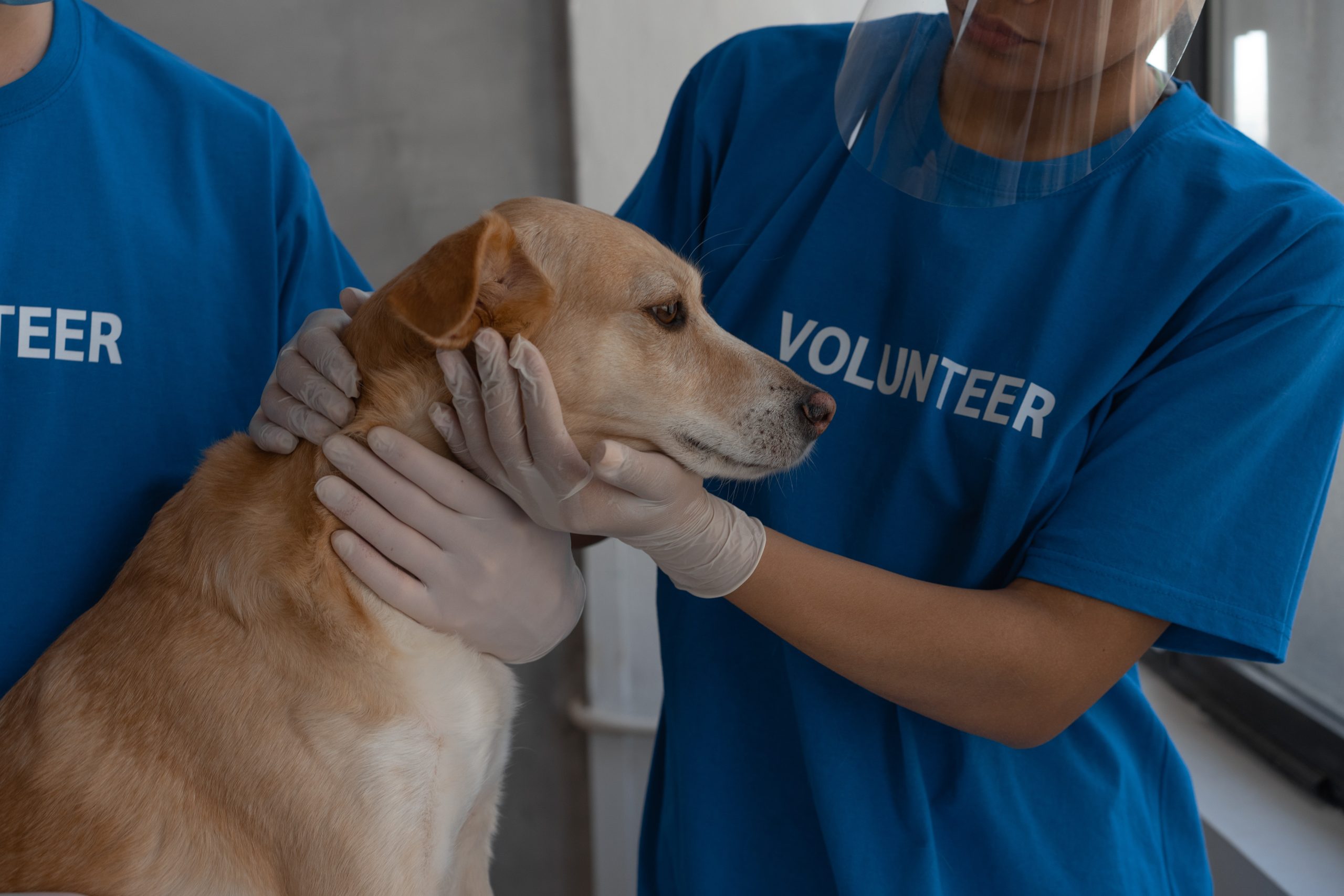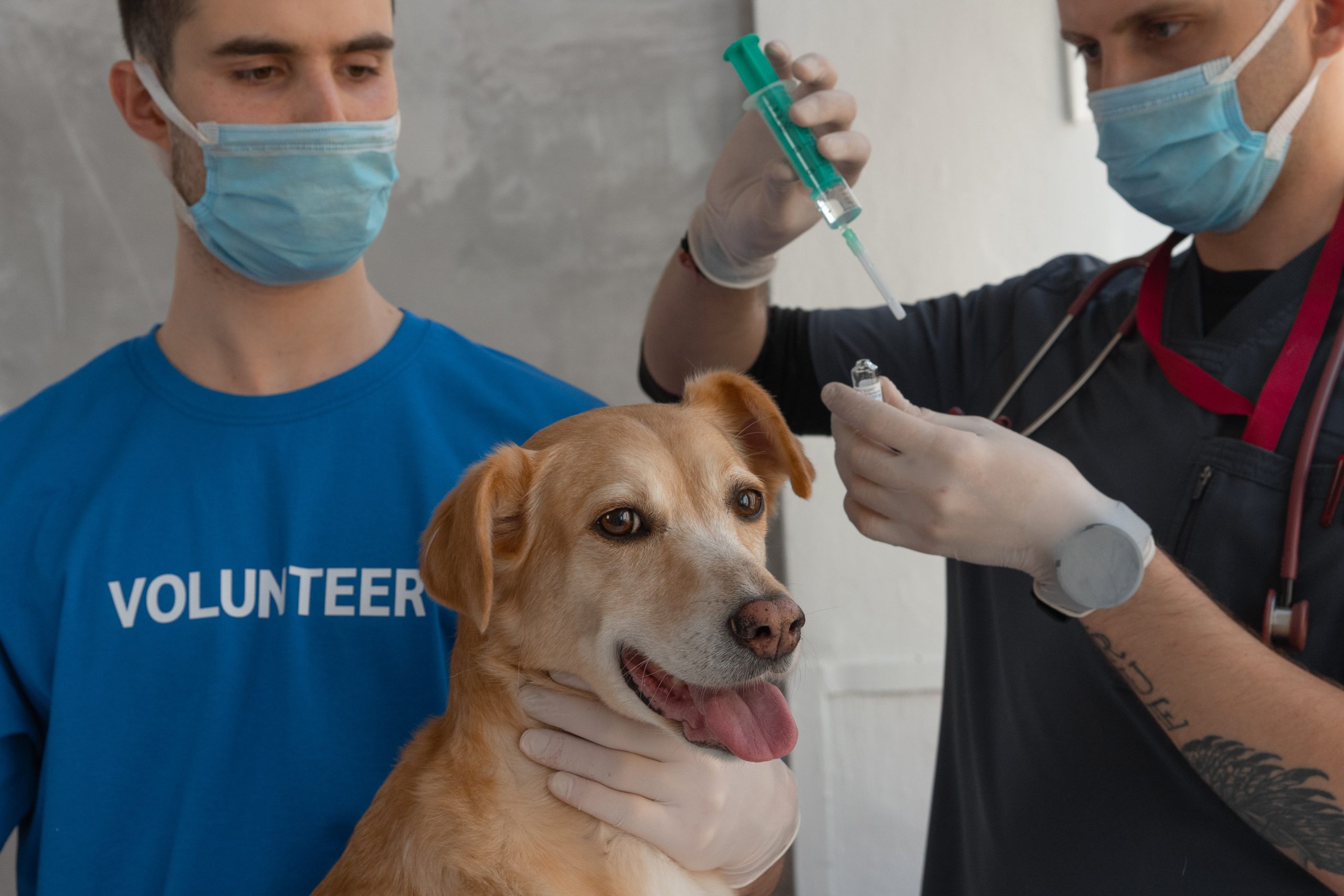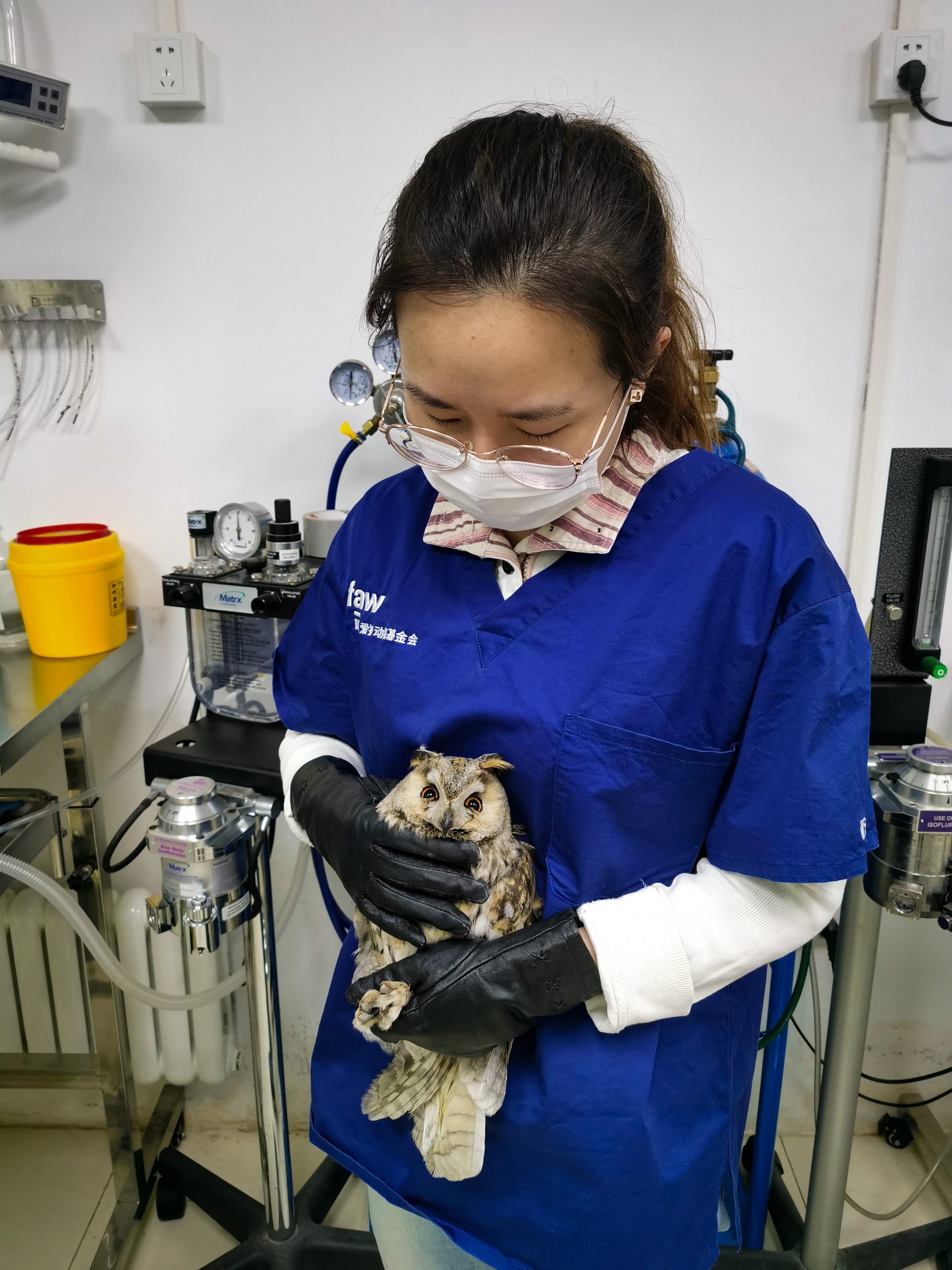Being a racehorse owner comes with a delightful thrill but also unprecedented demands, especially when it comes to caring for your equine athlete. Key among them is monitoring your horse’s health, particularly the musculoskeletal condition, as lameness can seriously impact a horse’s career. This article explores the signs you should look for to know when your racehorse might need an equine lameness exam and also touches on prevention and treatment options.
Understanding Equine Lameness
Regarding our equine companions, the term ‘lameness’ extends beyond just a simple limp. Lameness in horses refers to a change in gait due to pain, mechanical restriction, or a neurological defect. Knowing what to look for can allow early intervention and a better prognosis. In horses, lameness can manifest as:
- Unusual posture when standing
- Reluctance to move or exercise
- Visible limping during motion
- Unexplained changes in behavior or performance
The Prevalence of Lameness in Racehorses
Frequently, lameness is associated with high-intensity activities like racing. Stress on joints from rapid acceleration, deceleration, and the impact of hooves on the hard racing surface leads to wear and tear, making racehorses more susceptible to musculoskeletal disorders.
Pre-purchase Examination
It’s like buying a house – you wouldn’t purchase without a surveyor conducting an inspection. Similarly, it’s prudent to have a vet conduct an Equine-Purchase exam,(view details) assessing the horse’s health and capabilities before finalizing your purchase. Don’t let the shiny coat and galloping stride alone sway your decision without understanding what lies beneath.
Essential Aspects of a Vet Examination
A competent vet examination is the first line of defense against unforeseen health complications. This includes everything from basic physical examination and assessing vital signs, to more elaborate procedures like radiography and ultrasound scans.
The Critical Role of Veterinary Care for Racehorses
Premier veterinary care is crucial to catch health issues early, especially for high-performance animals like racehorses. A routine check-up with a vet can help monitor, manage, and treat conditions that would otherwise escalate.
How Joint Diseases Feature in Lameness
Joint diseases in horses often go undetected until they progress to cause visible lameness. Arthritis is a common culprit where joint inflammation leads to pain and stiffness, affecting the horse’s gait and performance.
Recognizing Lameness and the Role of Diagnosis
Diagnosing lameness often begins with a general physical examination followed by a series of flexion tests and gait analysis. More advanced diagnostic tools like nerve blocks, radiography, ultrasound, and MRI or CT might be employed if lameness symptoms persist. An essential aspect of addressing lameness lies in understanding the available treatment options for horse lameness in Ocala and finding a suitable course of action for your equine partner.
Maintaining Physical Soundness in Horses
Maintaining physical soundness in horses extends beyond just treating lameness. It covers preventive aspects such as a balanced diet, regular exercise, proper hoof care, regular vet checks, and even dentistry.
Understanding Limping in Horses
Limping can be an early sign of discomfort or injury in your horse. It could be due to temporary causes like a stone bruise or more severe health issues like laminitis, arthritis, fractures, or ligament tears. Limping is usually the first and one of the most apparent signs of discomfort or pain in horses. It’s crucial to understand that limping can be born out of a variety of causes. Here are some of the most common reasons for limping in horses:
- Laminitis: A painful inflammation of the sensitive layers inside the horse’s hoof, often triggered by abrupt dietary changes or overeating on rich, green pasture. A horse with laminitis may display an abnormal gait or appear to be walking on eggshells.
- Arthritis: Chronic joint inflammation that leads to stiffness and pain. While it’s common in older horses, it can also affect younger horses if they’re under intense exercise or have suffered a joint injury.
- Stone Bruises: These are caused by the horse stepping on a hard or sharp object. Not always visible, a stone bruise may make the horse reluctant to put weight on the affected foot, hence the limping.
- Fractures: Breaks or cracks in the bones often lead to severe limping. In some cases, fractures may not be visible without an X-ray.
- Ligament and Tendon Injuries: Overstretching or tearing these important connective tissues can cause significant pain and altered gait.
- Hoof Abscess: An accumulation of pus in the hoof due to a bacterial infection. This condition can be extremely painful, and the horse might show sudden, intense lameness.
- Navicular Disease: A degenerative condition affecting the small navicular bone in the horse’s hoof, causing chronic lameness.
- Muscle Strains: Overuse or injury can lead to muscle strains, typically presenting as limping. Recognizing these causes and getting prompt veterinary attention can go a long way in minimizing lasting damage and ensuring the horse’s recovery and return to normal activity.
Equine Therapy Treatments
When lameness does occur, it’s essential to get timely professional assistance from Ocala equine therapy treatments. In places like Ocala, several advanced equine therapy treatments are available to facilitate faster recovery and pain management, including physical therapy, massage, chiropractic, and acupuncture alongside conventional treatments.
Conclusion
Understanding what to watch for and how to respond can help ensure your racehorse’s health and career longevity. Remember, staying vigilant and proactive is indispensable in equine care.




